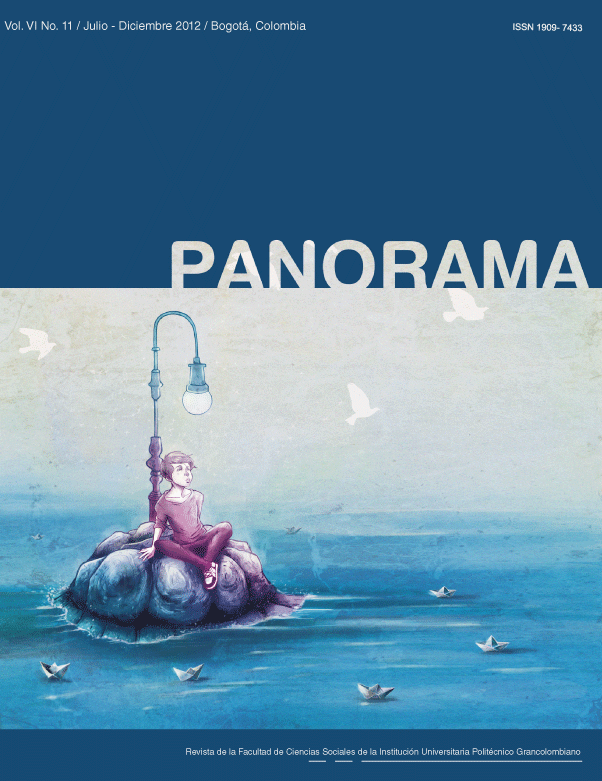Abstract
The answers provided by 430 students from different institutions were compared in order to obtain empirical evidence on the possible persuasive impact of certain techniques commonly used and argued in the realm of publicity. The students from 5 different institutions were exposed, in an experimental group design, to similar pairs of pieces of advertisement that only differed from each other in the presence or absence of erotic stimuli with unconscious symbolic content of the phallic, vaginal, coital, oral and ejaculatory kind, containing or not subliminal stimuli.
It was found that the presence of erotic stimuli and unconscious symbolic content does increase the inclination to acquire the products being advertised and the preference for the advertisement. The latter producing a greater moral rejection, however. The opposite happened when the erotic contents were extreme and identified as such. These results confirm, on the one hand, some critics’ claims on publicity practices; and on the other, those made by some to justify the use of these techniques by publicists because of their effectiveness.
References
Abad Faciolince, H. (20 de Febrero de 2010). Pedradas al hombre adúltero. El Espectador .
Arellano, R. (2002). Comportamiento del consumidor. Enfoque América Latina. México: McGraw-Hill.
Balle, F. (1991). Comunicación y sociedad. Bogotá: Tercer Mundo.
Brenner, C. (1964). Elementos fundamentals de psicoanálisis. Libros Básicos.
Byerly, H. (1976). Explaining and exploiting placebo effects. Perspectives in biology and medicine , 19, 423-236.
Campbell, D., & Stanley, J. (1970). Diseños experimentales y cuasiexperimentales en la investigación social. Buenos Aires: Amorrortu.
Dethlefsen, T., & Dahlke, R. (1998). La enfermedad como camino. Barcelona: Plaza & Janes.
Feldman, R. (1998). Psicología. México: McGraw-Hill.
Freud, S. ([1916] 1948). Introducción al psicoanálisis. En S. Freud, Obras Completas (Vol. II). Madrid: Biblioteca Nueva.
Garrison, M., & Loredo, O. (2002). Psicología. México: McGraw-Hill.
Inglis, B. (1995). Trance. Historia de los estados especiales de la mente. Girona: Susaeta.
Jung, C., & Wilhelm, R. (1974). El secreto de la flor de oro. Buenos Aires: Paidos.
Key, W. (1987). Seducción subliminal. México: Diana.
Loudon, D., & Della Bitta, A. (1995). Comportamiento del consumidor. México: McGraw-Hill.
Mann, L. (1973). Elementos de psicología social. México: Limusa.
Mastrodoménico, H. (1979). Psicología deportiva: el efecto placebo sobre el rendimiento en un ejercicio de resistencia aeróbica. Tesis de Grado. Bogotá: Universidad Nacional de Colombia.
Morris, C. (1987). Psicología. México: Prentice-Hall.
Morris, C., & Maisto, A. (2001). Introducción a la Psicología. México: Prentice-Hall.
Mucchielli, R. (1977). Psicología de la publicidad y de la propaganda. Bilbao: Mensajero.
Packard, V. (1973). Las formas ocultas de la propaganda. Buenos Aires: Sudamericana.
Pérez, A. (1978). El efecto placebo en psicoterapia. En A. Pérez, Monografías psicológicas: Psicología clínica. Bogotá: Universidad de los Andes.
Piaget, J. (1980). Problemas de psicología genética. Barcelona: Ariel.
Shapiro, A. (1971). Placebo effects in medicine, psychotherapy and psychoanalysis. En Borging, & Garfield, Handbook of psychotherapy and behavior change.
Wells, W., Burnet, J., & Moriarty, S. (2007). Publicidad, principios y prácticas. México: Pearson.
Wilhelm, R. (1982). I Ching. El libro de las mutaciones. Barcelona: Edhasa.
Authors who publish with this journal agree to the following terms:
- Authors retain copyright and grant the journal right of first publication with the work simultaneously licensed under a Creative Commons Attribution License that allows others to share the work with an acknowledgement of the work's authorship and initial publication in this journal.
- Authors are able to enter into separate, additional contractual arrangements for the non-exclusive distribution of the journal's published version of the work (e.g., post it to an institutional repository or publish it in a book), with an acknowledgement of its initial publication in this journal.
- Authors are permitted and encouraged to post their work online (e.g., in institutional repositories or on their website) prior to and during the submission process, as it can lead to productive exchanges, as well as earlier and greater citation of published work (See The Effect of Open Access).
Panorama by Institución Universitaria Politécnico Grancolombiano is licensed under a Creative Commons Reconocimiento-NoComercial-SinObraDerivada 4.0 Unported License.






